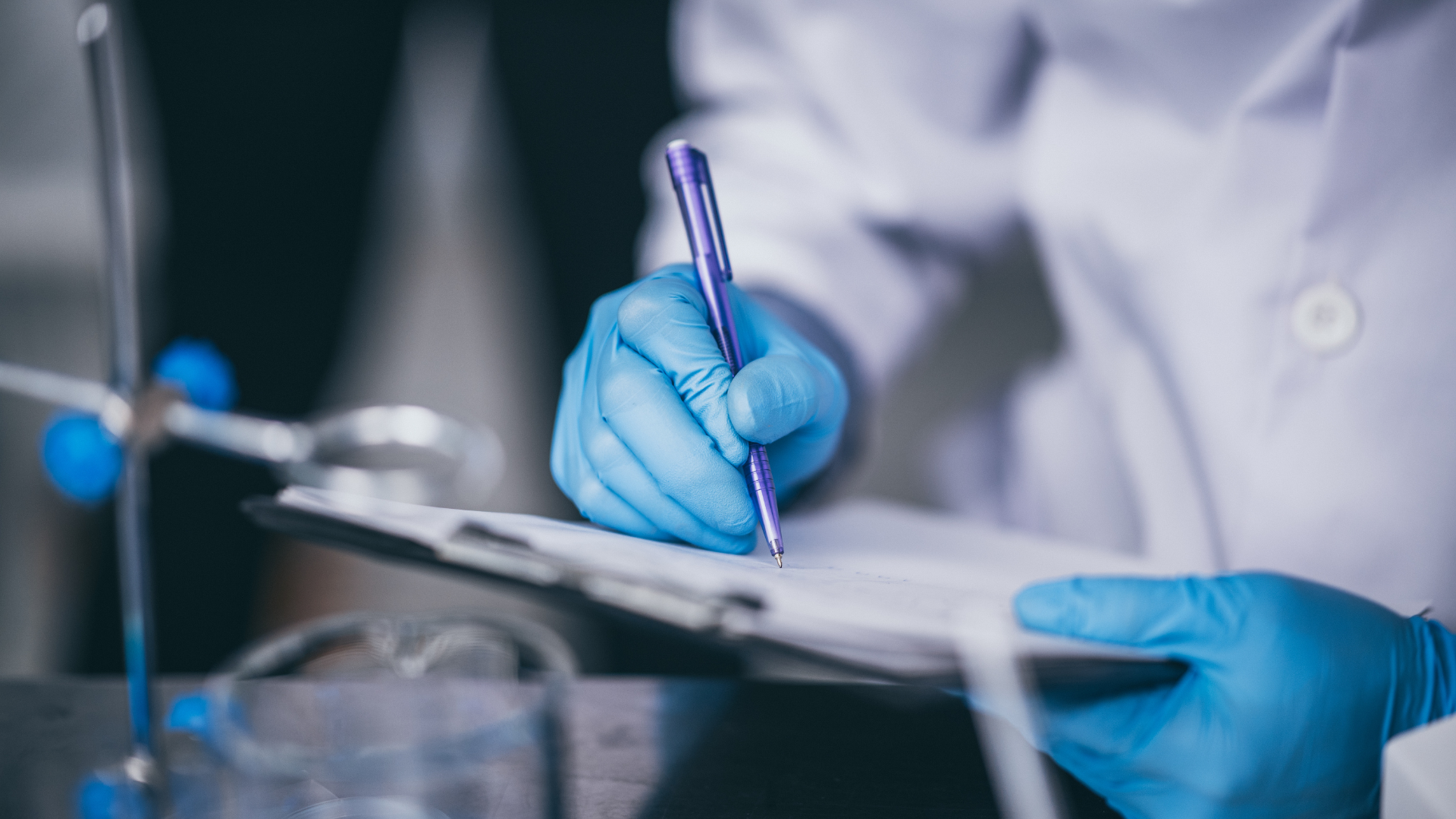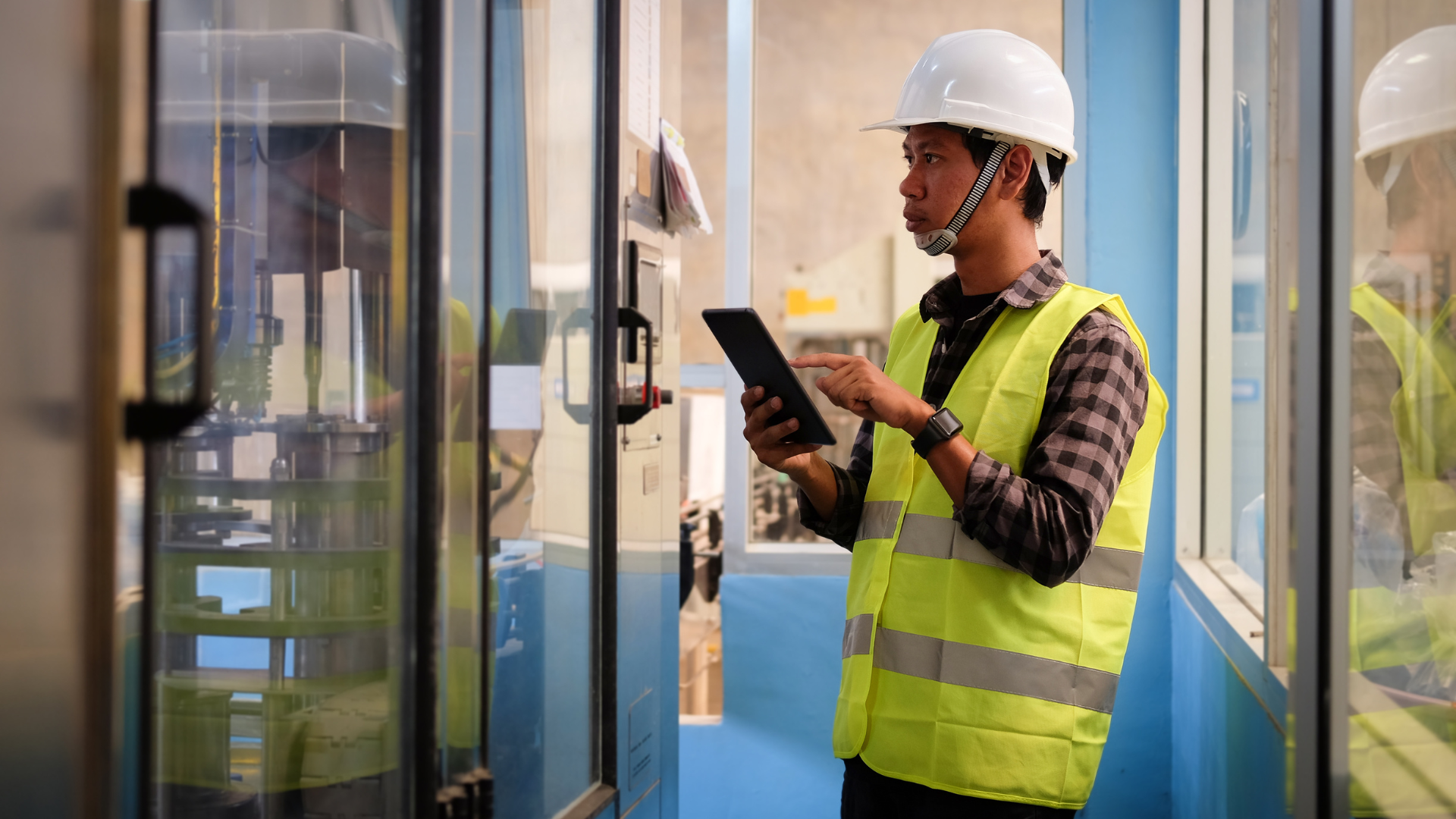Key Factors of Accuracy in Industrial Monitoring

In industrial environments where water quality impacts public health, every measurement matters. A deviation of just a few units can lead to chemical overdosing, production shutdowns — or worse, undetected exposure to a pathogen. In this context, the accuracy of monitoring systems is critical.
The case study conducted by Public Services and Procurement Canada (PSPC) in partnership with BioAlert demonstrates how an automated monitoring system, when properly calibrated and integrated, can deliver laboratory-grade reliability.
Let’s Talk About Your System’s Accuracy
Schedule a call with a BioAlert expert to evaluate your monitoring challenges and identify practical improvement opportunities.
Why Accuracy Matters for Risk Management
When critical decisions depend on a data point (Legionella levels, biocide concentration, abnormal flow rate, etc.), that data must be:
- Accurate (reflects actual conditions)
- Stable (not easily affected by external factors)
- Traceable (verifiable during audits)
Imprecise data can trigger disproportionate consequences: false alerts, unnecessary interventions — or worse, overlooking a real risk.
PSPC Case Study Results: BioAlert vs. Laboratory Methods
Over a 12-month period, PSPC conducted a comparative study on six cooling towers across three urban centers to evaluate the reliability of BioAlert’s Lp15 system under real-world conditions. Key findings:
| Method | Overall Accuracy | False Positives | False Negatives |
|---|---|---|---|
| BioAlert Lp15 | 98.0% (198/202) | 1.5% | 0.5% |
| Lab Culture | 97.0% (195/201) | 0.0% | 3.0% |
| Lab qPCR | 96.1% (124/129) | 1.6% | 2.3% |
Source: Case Study IM 15161, PSPC, 2020–2023
These results confirm that BioAlert Lp15 performs at a level equal to or better than certified laboratory methods.
Benefits of Continuous Monitoring
One of the most impactful takeaways from the PSPC project was the drastic reduction in response time. Lab analysis can take up to 36 days before confirming a non-compliance. BioAlert delivers results in under 4 hours.
This allowed for:
- An average 31-day reduction in response time
- Identification of microbial spikes linked to:
- load transfers
- pump maintenance
- system misconfigurations
- out-of-range free chlorine levels
What Conditions Guarantee Measurement Accuracy?
1. Auto-Calibration at Every Reading
Unlike systems that require frequent external recalibration, BioAlert uses built-in autocalibration. Each reading is validated or rejected based on an internal reference. This ensures reliable, drift-free measurements, significantly lowering false negatives without increasing false positives.
2. Continuous Trend Analysis
High-frequency measurements create trend curves — not one-time snapshots. This enables you to observe system evolution (deterioration, stabilization, improvement) and make well-informed, non-reactive decisions.
3. Controlled Installation Environment
Even the best system requires proper setup. Avoiding excess vibration, humidity, and thermal shock ensures stable and repeatable data.
4. Cross-Validation Protocols
In the PSPC study, BioAlert’s data was systematically cross-checked with lab results. This validation confirms regulatory-grade reliability, aligning automated results with conventional methods.
Precision That Drives Real-World Value
What does high precision enable?
- Fact-based decisions
- Continuously optimized water treatment plans
- Documented regulatory compliance
- Genuine protection of users and reputation
Ensure the Accuracy of Your Critical Data
Reliable measurements drive smarter decisions, stronger audits, and safer operations. Evaluate the precision of your current systems and explore how to improve your monitoring strategy.



